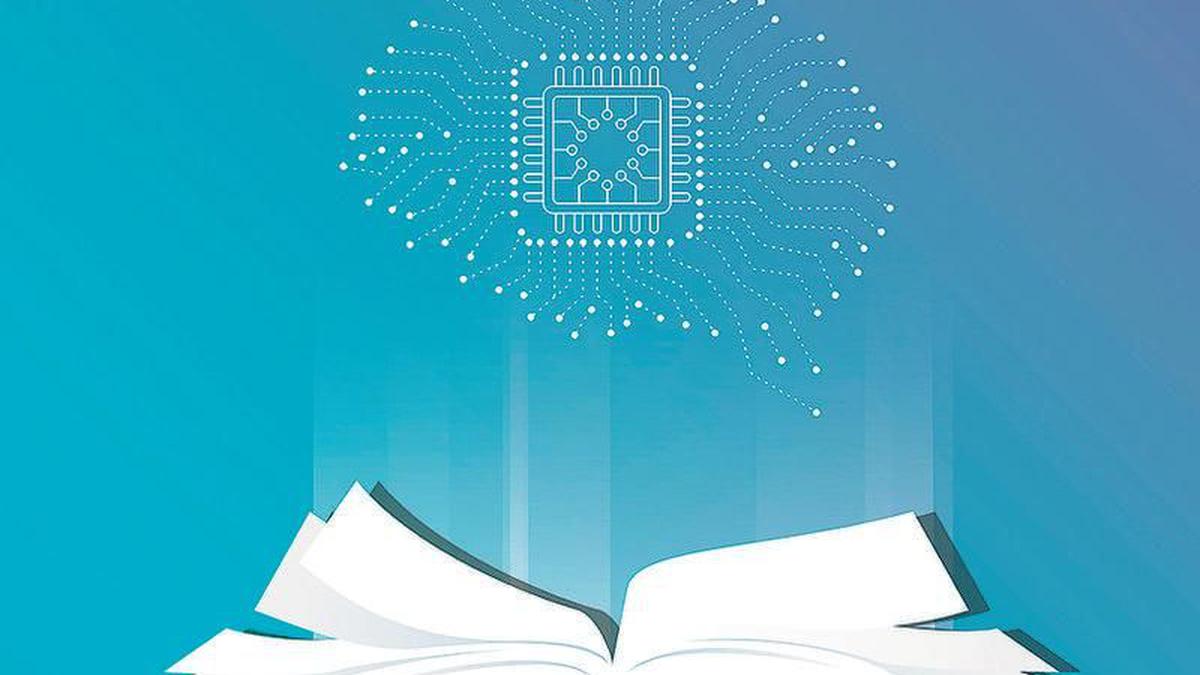
Centre’s Digital Infrastructure for Knowledge Sharing education platform to offer AI help
The Hindu
The National eGovernance Division under the Ministry of Electronics and Information Technology is set to integrate Personalised Adaptive Learning into its existing Digital Infrastructure for Knowledge Sharing (DIKSHA) platform.
The National eGovernance Division (NeGD) under the Ministry of Electronics and Information Technology (MeitY) is set to integrate Personalised Adaptive Learning (PAL) into its existing Digital Infrastructure for Knowledge Sharing (DIKSHA) platform. PAL’s software-based approach will allow each student to have an individualised learning experience over the course of the curriculum based on their unique needs and abilities.
DIKSHA, which comes under the Ministry of Education, provides e-content for schools via an online portal and a mobile application. It also has embedded assistive technologies for learners with visual or hearing impairments. However, DIKSHA is a static content repository.
DIKSHA features digitised National Council of Educational Research and Training (NCERT) textbooks used national and State Boards. Apart from this, DIKSHA hosts 2.43 lakh contributions by 11,624 academicians by way of teaching videos, explainers, and practice questions. Currently, all these contributions are scattered across the platform.
The National Council of Educational Research and Training (NCERT) has sought the MeitY’s expertise in facilitating PAL for DIKSHA. In an example of how PAL works, if a student of Class 9 is learning the Pythagoras theorem and makes a calculation mistake, the AI learning system flags it and loops the student back to a basic video of how to make the calculation.
In some States, private players are already administering PAL, which works on AI or Artificial Intelligence, but budget constraints have been an obstacle.
Building PAL is a massive exercise. Content from across subjects will have to be categorised and different chunks will have to be tagged. New content may also have to be created. “Tagging of content is important to create learning loops, where, say, a student faces difficulty at a certain tag, then supportive material offering an explanation of the tagged concept can be provided,” a senior MeitY official told The Hindu.
The official added that school students found Chemistry, Mathematics, and Physics for Classes 9 to 12 to be the most difficult subjects, and the intention is to start building PAL for these classes to begin with.











